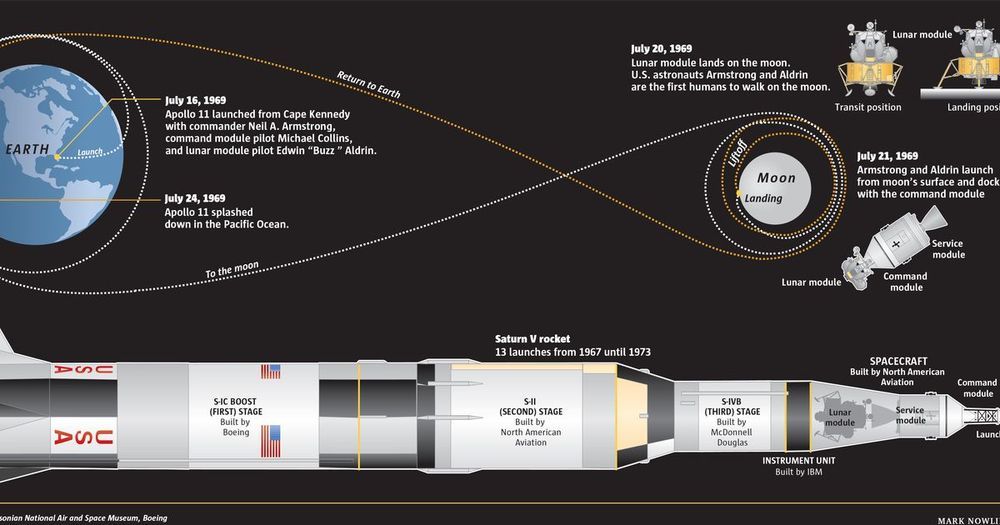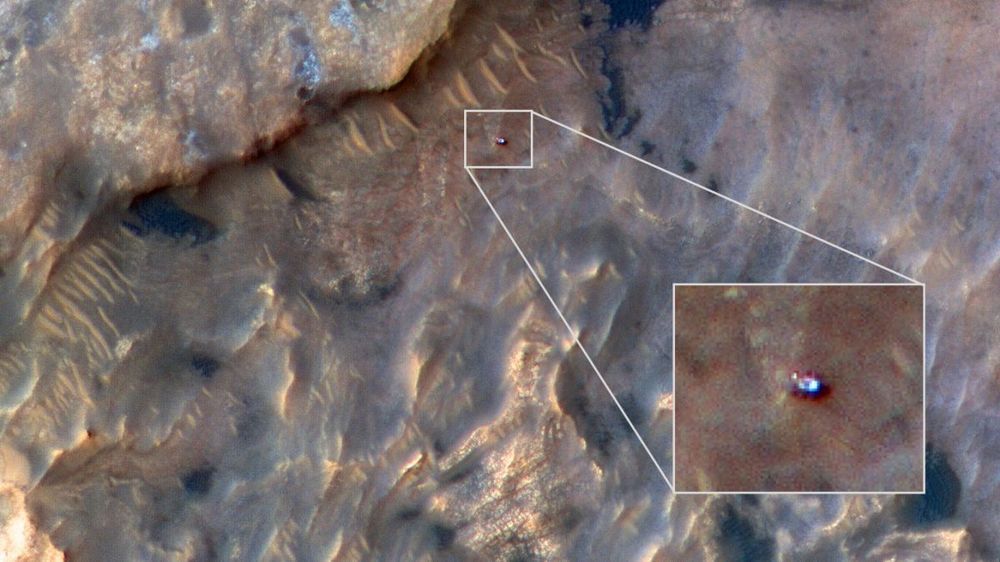Martha Teichner on the CBS News veteran’s coverage of an epochal human event: Man landing on the moon.
Get the latest international news and world events from around the world.

Milestones in space travel: An illustrated timeline
We’ve come a long, long way since the U.S. first launched fruit flies into space in 1947. Since then, we’ve sent astronauts to the moon, installed an International Space Station in orbit and landed spacecraft on Mars. In the past couple of decades, private corporations such as SpaceX and Blue Origin have joined the fray and will likely play instrumental roles in aerospace engineering and space exploration. Here’s a look at some major advancements we’ve made in spacecraft technology and space exploration milestones over the past seven decades.


Does decentralized currency thwart crisis intervention?
Here is another economics/policy question that I was asked to address at Quora. It provides great fodder for a quick Lifeboat economics review.
The US used quantitative easing to deal with one monetary crisis, and a bailout of the automotive and banking industry to deal with another. If nations, economies or individuals begin to embrace a decentralized currency, they will inevitably shift away from government issued money. Won’t this hinder a nation’s ability to intervene in a crisis?
Answering this question goes to the very heart of the ethics and politics of cryptocurrency.
Yes. Without centralized control over monetary policy, government options for intervention in a money crisis would be severely limited. But this fact may lead to a false impression…

Tesla Roadster’s SpaceX thruster will be hidden behind the license plate, says Elon Musk
Tesla’s new Roadster is going to come with an optional ‘SpaceX package’ that will include cold air thrusters to improve performance.
Now CEO Elon Musk says that the thruster will be hidden behind the license plate.
When first unveiling the vehicle, Musk claimed a list of insanely impressive specs for the new Roadster, including 0–60 mph in 1.9 sec, 620-mile of range, and more.

Can I Check Web Sites Visited by my Kids/Staff?
Early this morning, I was asked this question at Quora. It’s a pretty basic request of network administrators, including parents, schools and anyone who administers a public, sensitive or legally exposed WiFi hot spot.
Is there a quick and easy way to view, log, or otherwise monitor the web sites visited by people on your home or office network?
Yes. It’s free and and it is pretty easy to do.
It gets a bit trickier, if the individual on your network is using a VPN service that they have configured on their device.[1] A VPN does not stop you from logging their browsing, but all of their activity will point to the VPN address instead of the site that they are actually visiting. In that case, there is another way to monitor their activity. See note #1, below.
Today in 2015: New Horizons at Pluto
The small, fast-moving New Horizons spacecraft is likely to be the only Pluto mission in the lifetimes of many of us. It changed forever the way we on Earth perceive this outermost world and its moons.


Bacteria Could Help Mass-Produce Wonder Material Graphene At Scale
There’s no doubting that graphene, a single layer of graphite with the atoms arranged in a honeycomb hexagonal pattern, is one of science’s most versatile new materials. Capable of doing everything from filtering the color out of whisky to creating body armor that’s stronger than diamonds, graphene exhibits some truly unique qualities. However, while some mainstream uses of graphene have emerged, its use remains limited due to the challenge of producing it at scale. The most common way to make graphene still involves using sticky tape to strip a layer of atoms off ordinary graphite.
That’s something that researchers from the University of Rochester and the Netherlands’ Delft University of Technology have been working to change. They’ve figured out a way to mass produce graphene by mixing oxidized graphite with bacteria. Their method is cost-efficient, time-efficient, and sustainable — and may just make graphene a whole lot more available in the process.
“In our research, we have used bacteria to produce graphene materials on a bulk scale, and we showed that our material is conductive, and both thinner and able to be stored longer than chemically produced graphene materials,” Anne Meyer, professor of biology at the University of Rochester, told Digital Trends. “These properties demonstrate that our bacterial graphene would be well suited for a variety of applications, such as electrical ink or lightweight biosensors. Our approach is also incredibly simple and environmentally friendly compared to chemical approaches. All we have to do is mix our bacteria with the graphene precursor material, and leave them sitting on the benchtop overnight.”